|
1972 Skier & 1977 Correct Craft American Skier Power - Ford 302's
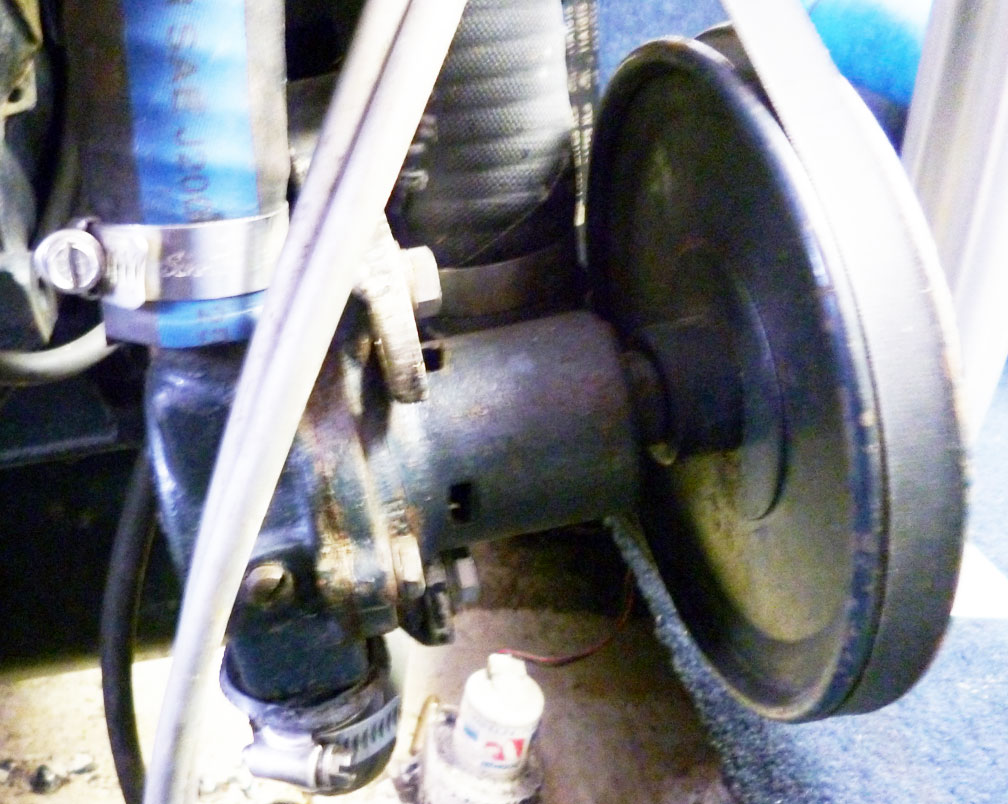
(1977) Click for larger image
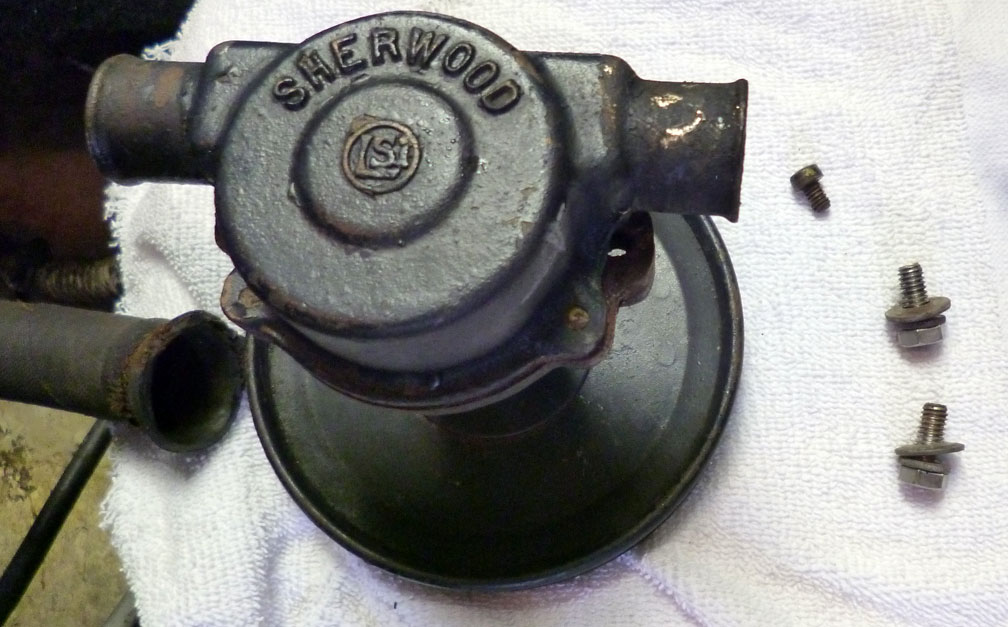
(1977) Click for larger image
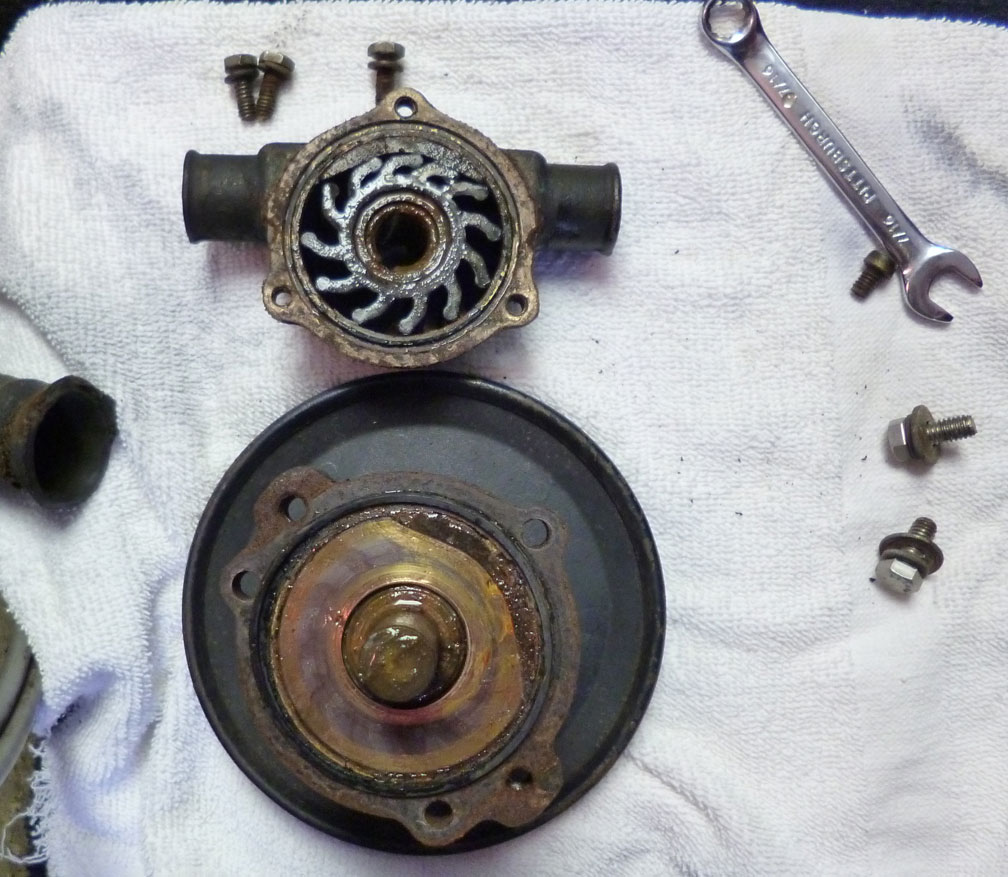
(1977) Click for larger image
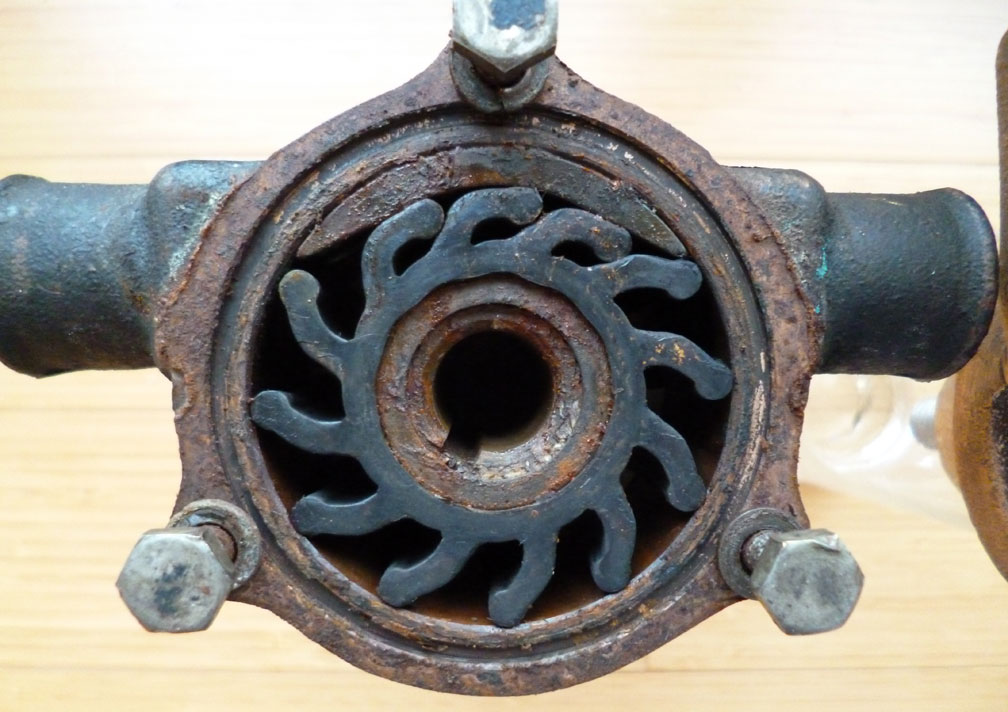
(1977) Click for larger image After visiting Sherwood's website and submitting a request for pump ID, and receiving a not-very-helpful response, I did some measuring of the '77 pump and its impeller. Based on these measurements, I'm pretty sure I need a Model 09959K impeller kit, so ordered 2 from Amazon. (Looks like the '72 pump will take the same impeller.)
Found on the 'net: Sherwood 09959K Flexible Impeller Overview:

Click for larger image

Click for larger image
2/8/15 -- I've ordered and received TWO Sherwood impeller kits labeled "09959K" (where k=kit) and assume both (the '72 CC and the '77 CC) pumps use the same impellers. The two are not the same models. I've measued them carefully and everything matches. However, the vanes on the new impellers seem to be thinner. I've asked on CCFan what lubricant should be used on impeller when installing a new one. "Nothing" "Spit" "Dawn dish soap" were among the replies. Based on my limited experience, I think I'll use petroleum jelly. It seems the lubricant is used simply to make installation easier, and is quickly washed away when the pump is put into use.
To Larry K, 2/8/15:
"I also do not use anything, but be careful using Sierra impellers. About five years ago, one of our CCFANers installed a new Sierra impeller at the St. John's River Run and his boat ran hot all weekend. It was not until Art C. pulled out an OEM impeller did his overheating go away. The impellers did not look any different to the naked eye, but they were indeed different size (Tolerance) and it was enough to have this guy chase his tail for many hours instead of enjoying the river with the other folks. I only use PCM impellers in my PCM engine. MrMcD on CCFan, 2/9/15 -- I worked for a rubber company for 10 years 1980 to 1990, any petroleum based product will help rot the rubber. Personally I want the new impeller to last so I don't use petroleum based product on the rubber impeller. Putting them in dry is a lot of extra effort for no gain. I use Dawn dish soap in a strong mix with water. Makes it slippery for install with no danger to any parts or the rubber impeller blades. I also laughed at the SPIT comment but it would work well if you work fast. The soap will evaporate slower and give you more time to get the impeller installed. I imagine any dish soap would work but I have Dawn on hand so that is what I use. My Slime in the boat for getting feet into tight ski boots is the same mix, helps with the install with no aging of the ski boots. Me: Mark, thanks for the excellent info. I wondered about the "grease" recommendation by MerCruiser. I had settled on petroleum jelly (Vaselene) but will use Dawn or similar dish water soap instead. I've seen ads for impellers that will run "15 minutes dry" and wonder if they are rubber. Here is the impeller being replaced (on left) and the new one (on right.) Note the difference in blade thickness. New Sherwood impeller on right: 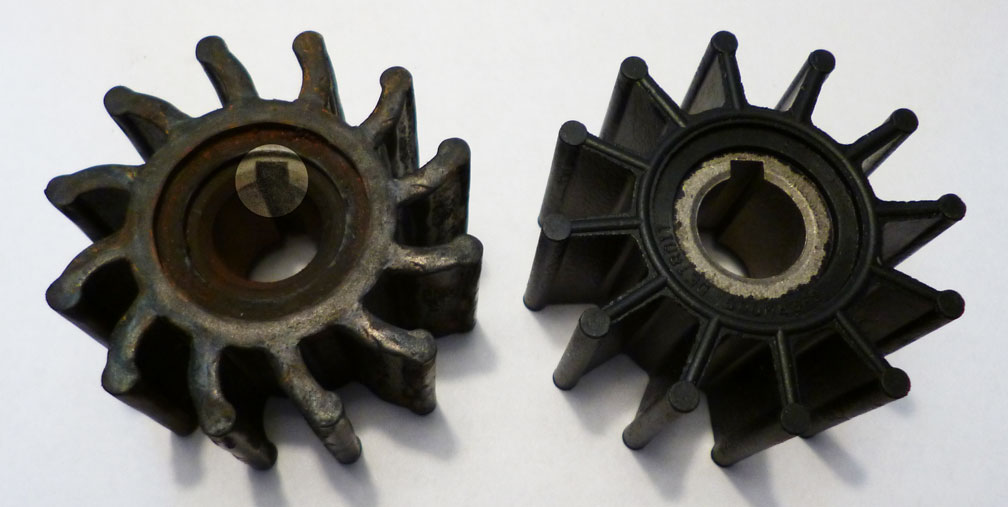
New impeller on right. Click for larger image
I had thanked MrMcD; he replied:
"It is very possible that the manufacturer added formulations to resist oil/petroleum damage but very doubtful as this would increase cost of the part. The part is designed to use in water so they would normally not protect it from oil/petroleum." Here is Sherwood's "manual" for 2009-10. See page 11 for more about assembly lubricants. SHERWOOD MANUAL HERE And check out this entry about the material used in impellers: wikepedia.com
BACK ONE PAGE HOME
|